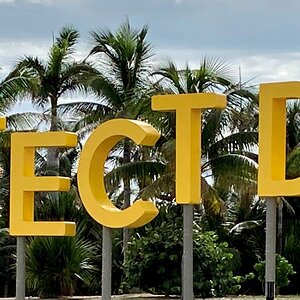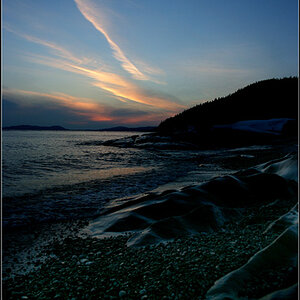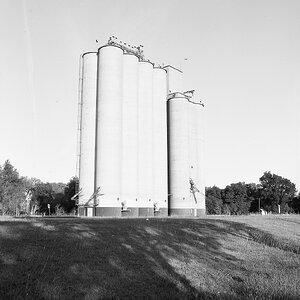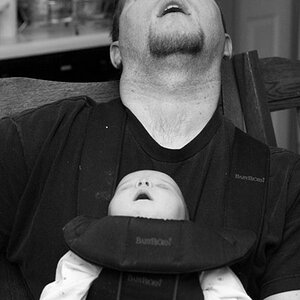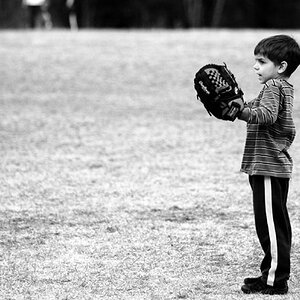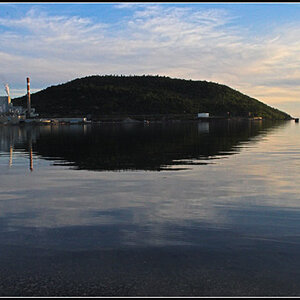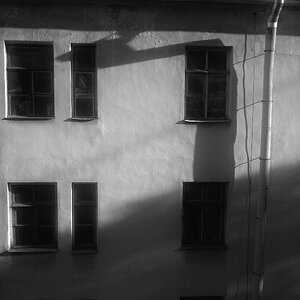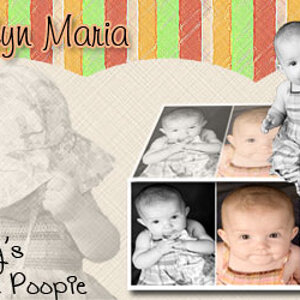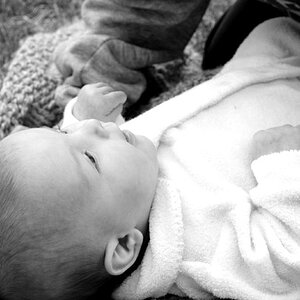twintoe
TPF Noob!
- Joined
- Oct 31, 2017
- Messages
- 1
- Reaction score
- 0
- Can others edit my Photos
- Photos OK to edit
Hey
Hope you guys can help me out
I recently started working on a project which takes photos of cargo when being loaded by forklifts onto trucks.
The problem is that my current camera dont meet my expectations and im looking for some advice.
The requirements are that it needs to function in low light (Inside the trucks cargo area) and have to take good pictures while the forklift is backing away from the cargo (They drive fast, so I guess shutter speed have to be high?)
The hard part is I need to be able to analyse the printlabels on the cargo. They aren't insanly small, but thats why I need the high resolution pictures.
Also the camera have to be rather small. Im thinking action camera size'ish.
Oh, and also have someway to communicate via USB or GPIO pins.
I know im asking alot, and I have spent days researching.. Are there any cameras meting my criteria?
Im a completly new in the whole "Camera world" so all help is much appricated!
Hope you guys can help me out
I recently started working on a project which takes photos of cargo when being loaded by forklifts onto trucks.
The problem is that my current camera dont meet my expectations and im looking for some advice.
The requirements are that it needs to function in low light (Inside the trucks cargo area) and have to take good pictures while the forklift is backing away from the cargo (They drive fast, so I guess shutter speed have to be high?)
The hard part is I need to be able to analyse the printlabels on the cargo. They aren't insanly small, but thats why I need the high resolution pictures.
Also the camera have to be rather small. Im thinking action camera size'ish.
Oh, and also have someway to communicate via USB or GPIO pins.
I know im asking alot, and I have spent days researching.. Are there any cameras meting my criteria?
Im a completly new in the whole "Camera world" so all help is much appricated!


